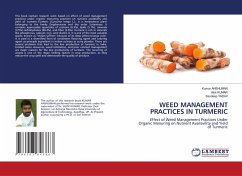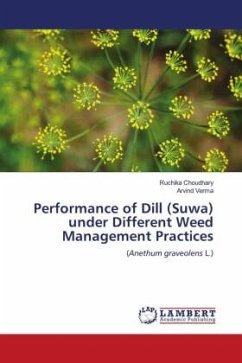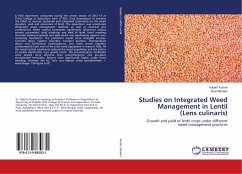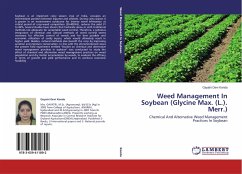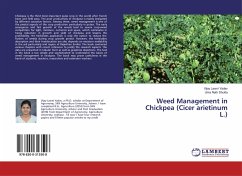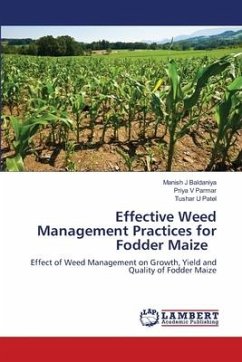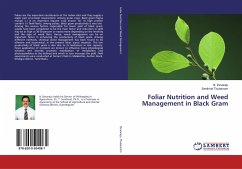This book contain research work based on effect of weed management practices under organic manuring practices on nutrient availability and yield of turmeric.Turmeric (Curcuma longa L.), is a herbaceous plant belonging to the family Zingiberaceae and the order Scitaminae. It contains appreciable quantities of proteins (6.3%), lipids (5.1%), minerals (3.5%) carbohydrates (69.4%), and fiber (2.6%). Turmeric is rich in minerals like phosphorus, calcium, iron, and vitamin A. It is one of the most valuable spices, known as "Indian saffron" because of its deep yellow-orange color. It is used in a diversified form of condiment flavoring agent and coloring agent as principle ingredient in Indian culinary as curry powder. There are several problems that lead to the low production of turmeric in India. Limited water resources, weed infestation, and poor nutrient management are major reasons for the low productivity of turmeric. The recurring of weeds is one of the major limiting factors in crop production, as they reduce the crop yield and deteriorate the quality of produce.
Bitte wählen Sie Ihr Anliegen aus.
Rechnungen
Retourenschein anfordern
Bestellstatus
Storno

